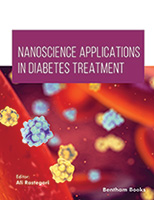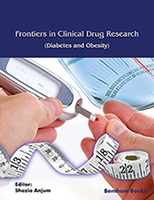Obesity, defined as excessive fat accumulation that may impair health, has seen its prevalence increase to unprecedented levels globally, being projected to continue to rise. Obesity meets all accepted criteria of a medical disease, including a known etiology, recognized signs and symptoms, and a range of structural and functional changes that culminate in pathologic consequences.
The major concern about the alarming increase of obesity numbers relates to its association with risk to develop cardiovascular diseases, diabetes, some cancers and highly disabling musculoskeletal disorders, which are among the leading causes of death and morbidity in the world. In fact, currently, in most countries of the world, overweight and obesity are linked to more deaths than underweight. This is particularly important when we acknowledge that obesity is becoming a problem in increasingly early ages and that childhood obesity is associated with a higher chance of obesity, premature death and disability in adulthood.
Before this scenario, it is not surprising that obesity, being a preventable disease, has become a major priority for global health policies. Decreasing obesity incidence requires the effort of different social and health care structures and a constant update on the scientific knowledge about its determinants, prevention and management strategies as well as consequences.
Given multifactorial nature of obesity etiology, dealing with obesity requires a similar multitude of approaches. This book overviews the main contributing factors to obesity: from social and behavioral determinants throughout the life course, influences from before we are born to what we eat (not only nutrients and non-nutrient compounds with impact on body weight but also food contaminants), which bacteria colonize our gut, and how and how much we spend energy we accumulate. The dynamic role of the adipose tissue during obesity development, the pressure put on to its remodeling and differences in obesity phenotypes regarding association with pathological outcomes are also presented as well as the latest advances made on finding biological markers of adipose tissue dysfunction. The latest treatment options for obesity from medical, pharmacological and surgical areas are reviewed, also recognizing educational, social and psychological issues as central when handling obesity. Associations with chronic and disabling diseases, like cancer, diabetes and cardiovascular diseases that place heavy tolls on human societies, are debated, highlighting how obesity predisposes to their development and how obesity treatments might improve their outcome. The bidirectional relationship of stress with obesity is discussed, as are the changes in adipose tissue accretion along the aging process, also outlining the obesity paradox.
Perhaps obesity prevention should have been the main focus of this book, as some advocate that obesity is a chronic disease, treatment options have only limited success, and obesity predisposition may be determined as far as three generations back. But while the necessary changes in society, mentalities and attitudes are in delay, we expect health researchers, practitioners, as well as decision-makers, may find this book a useful tool gathering the latest updates on obesity research, with involvement of experts from different backgrounds, which contribute with findings from their own research on obesity but also with personal views onto how the complex nature of the obesity problem should be dealt with.
Rosário Monteiro and Maria João Martins
Department of Biomedicine,
Biochemistry Unit,
Faculty of Medicine,
i3S - Instituto de Investigação e Inovação em Saúde,
University of Porto,
Porto,
Portugal





